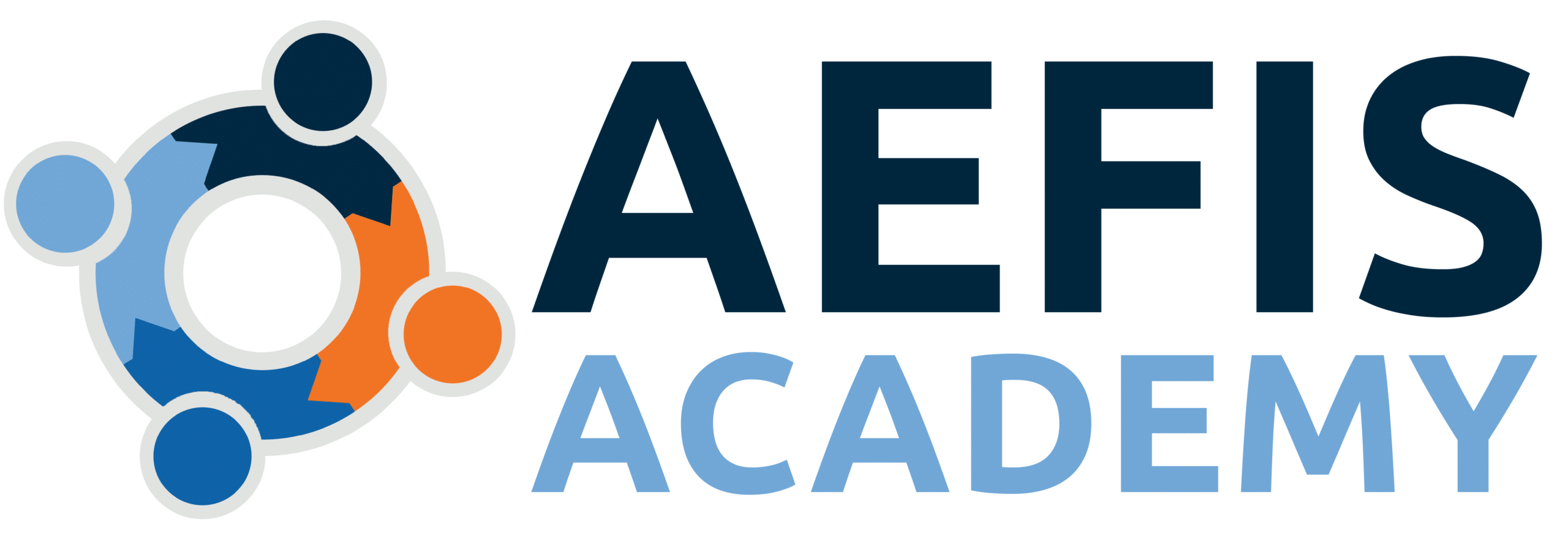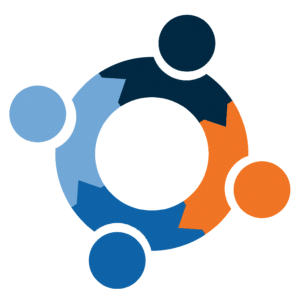3.2 Comprehensive Learner Record: Exploring A New Transcript for Lifelong Learning
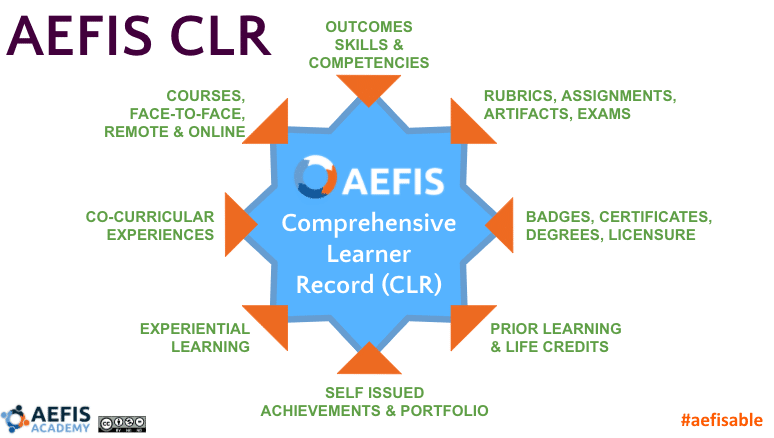
Historically, the onus is on the learners to sort through and compile their activities to share these experiences in a practical format with employers. Transcripts don’t tell their whole story. And despite universities offering diverse experiences for students to practice these valuable skills outside of the classroom, many fall short when it comes to presenting what the students learned in a clear format.
Funded by a generous grant from Lumina Foundation in 2015, The American Association of Collegiate Registrars and Admissions Officers (AACRAO) and NASPA: Association of Student Affairs Professionals, aligned under a common purpose to further comprehensive student records. As a result of two phases of this joint project, various models were developed by pilot universities and colleges across the country.
IMS Global Consortium is a community of educational institutions, both higher education and K-12, education technology suppliers and government agencies who have come together to develop open interoperability standards that support effective practices in technology use. Collaboratively through working groups consisting of their talent and diverse membership, IMS has published a broad range of learning technology interoperability standards. These include a newly published standard for CLR. These standards seek to “provide a more seamless user experience and dramatically reduce the cost of integrating products into the educational enterprise systems,” (IMS).
The CLR standard makes way for interoperability among institutions looking to issue verified records for students, use verified digital credentials as a way to screen candidates for jobs, and validate student prior learning and life experiences.
Exploring CLR for your institution is a conscious choice to align academic learning with lifelong learning and prior experience. CLR also has a number of formative and summative assessment potentials, realized by some institutions and growing opportunities at others.
